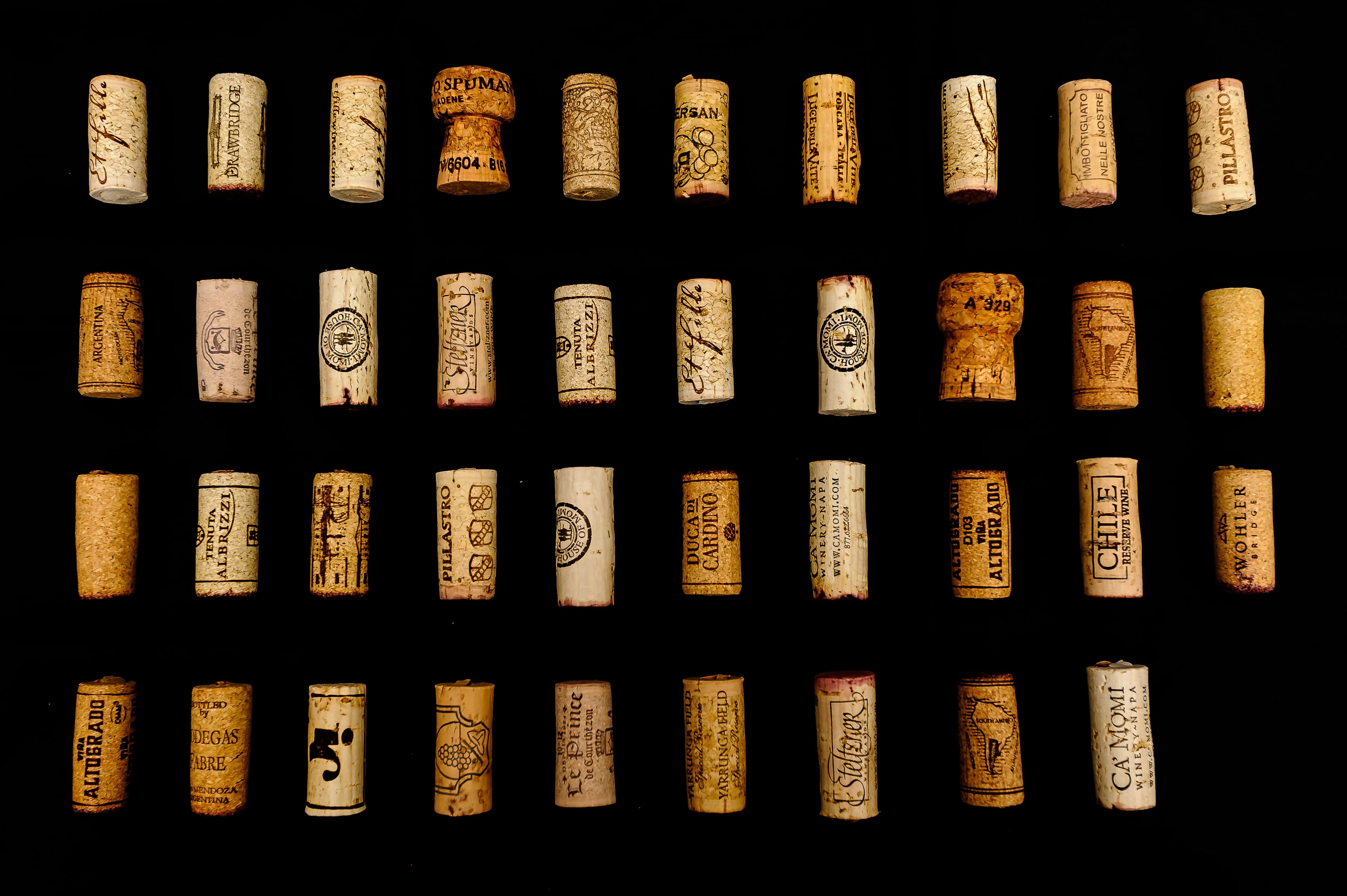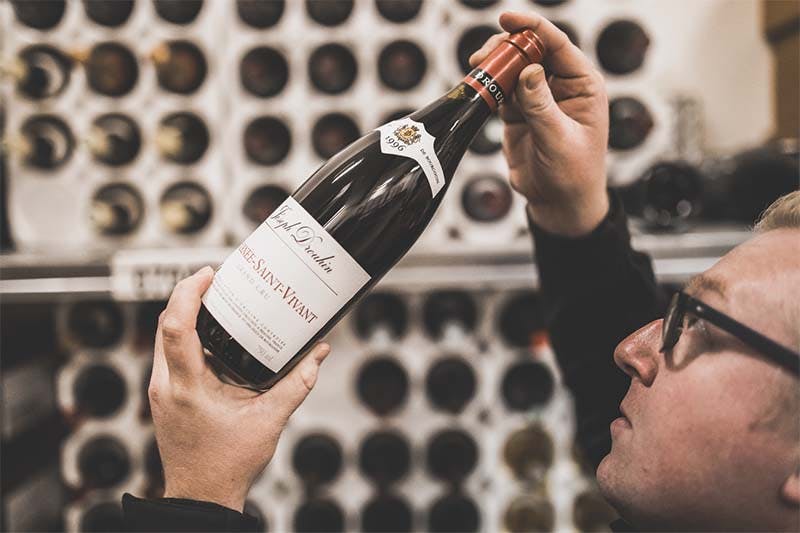Deciphering the Difference of Grand Cru Between Bordeaux and Burgundy
3 min read
Head of Content

Grand cru, is almost the magic word on the wine label that makes you spend more on a bottle. We often see it on the label of French wines, especially on Bordeaux and Burgundy wine labels. Is it the ultimate insurance for the highest quality of wine or it is just a marketing term? What is the difference between the Grand cru of Bordeaux and the Grand cru of Burgundy?
The concept of “cru” can be dated back to the Roman Empire. The Romans separated different vineyards by the quality of the grapes the vineyards produced. “Cru” in French, as untranslatable as it is, refers to a particular geographical location where the wines show distinctive features. Although the Romans adopted the classification system of their vineyards, the classification system we see today started with the famous 1855 classification of left bank Bordeaux and later being adopted in other regions in France.
As one of the most prestigious wine regions in France, Bordeaux benefits largely from the Grand Cru Classée classification system. In 1855, the 61 left bank estates in Medoc were classified into five tiers, from the first growth to the fifth growth. Originally, the classification was based on the market price of the wines at that time, which is criticized by many for being outdated. With the development of the estates and the change of management, the title stands the same. Today, the quality of a third-growth wine is not necessarily better than some of the fifth growth.
The grand cru system in Burgundy was established in 1861. Unlike Bordeaux, the classification of Burgundy is based on the vineyard, not the estate. In the pyramid of the Burgundy classification system, the top-level is the grand cru vineyards, which are the vineyards on the slope with the optimal location for sun exposure, aspect, soil composition and drainage to make the best-quality grapes. The second on top is called premier cru, followed by village level and the regional level. Simply put, in Bordeaux, the estate holds the Grand Cru Classée status, while in Burgundy, a grand cru vineyard can be owned by several producers and the same producers may have vineyards of grand cru, premier cru, village level or regional level. In other words, the Bordeaux system is the status of the estate no matter where the vineyards are located, whereas the Burgundy system puts more emphasis on the terroir, not the producer.
Aside from Bordeaux left bank and Burgundy, wine regions in France like Saint Emillion in Bordeaux right bank, Alsace and Champagne introduced the classification system of grand cru. The classification system helps the market identify the quality and the price of the wines to some extent, however, there is no absolute guarantee for the system. For example, some fourth growth or fifth growth Grand Cru Classée Bordeaux wines are sold as expensive as the second growth. In Burgundy, a village wine from Domaine Leroy is way more expensive than most grand cru wines.
Share this article











